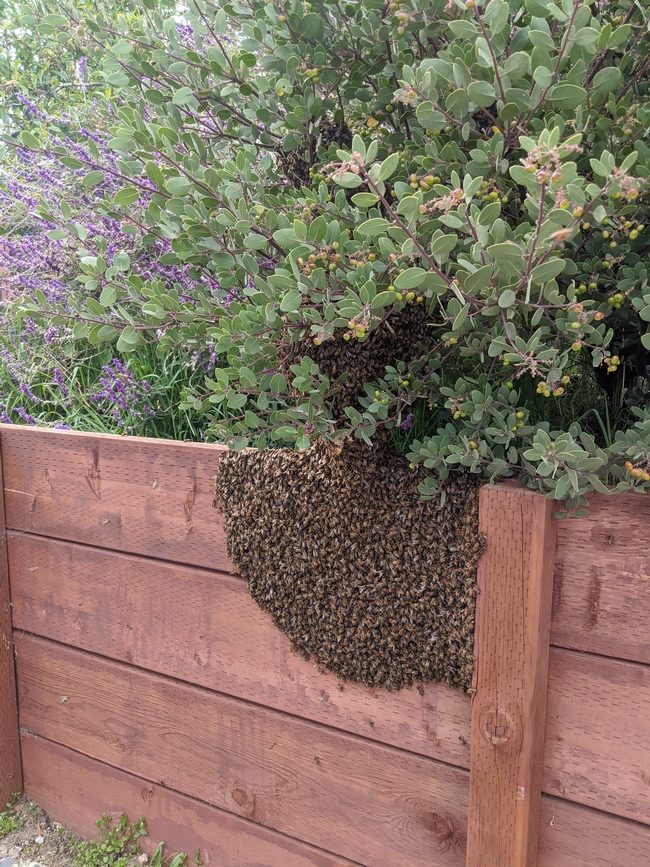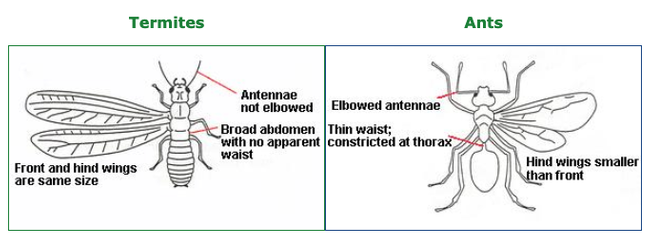While we are staying home during the pandemic, insects are most definitely not!
In fact, you may have seen different types of insects swarming over the last few weeks. Swarming is a reproductive behavior where certain insects leave their colonies in droves, mate, disperse, and establish new colonies. Most of these swarms are not successful and end up dying, but for those that are successful, spring is an optimal time for insect colonies to find new homes.

For subterranean termites, warm sunny days following spring rains often lead to swarms emerging from underground nests. Even if you do see termite swarms in your yard, it doesn't necessarily mean your house has termites. See our Pest Notes: Subterranean and Other Termites for more information on identifying and controlling subterranean termites.
Many species of ants swarm too. Just like termites, ants are social insects that live in colonies and leave the nest to set up new colonies when environmental changes occur. Fire ants, carpenter ants, and other ant species exhibit swarming behavior. For more on ants as pests around the home and landscape, see Ants page on the UC IPM website.
Unsure whether you are seeing swarming ants or termites? Ants have a pinched “waist” between their abdomen and thorax while termites have a broad or thick waist. The wings of termites are the same size while ants have different sized wings. See the graphic below.
